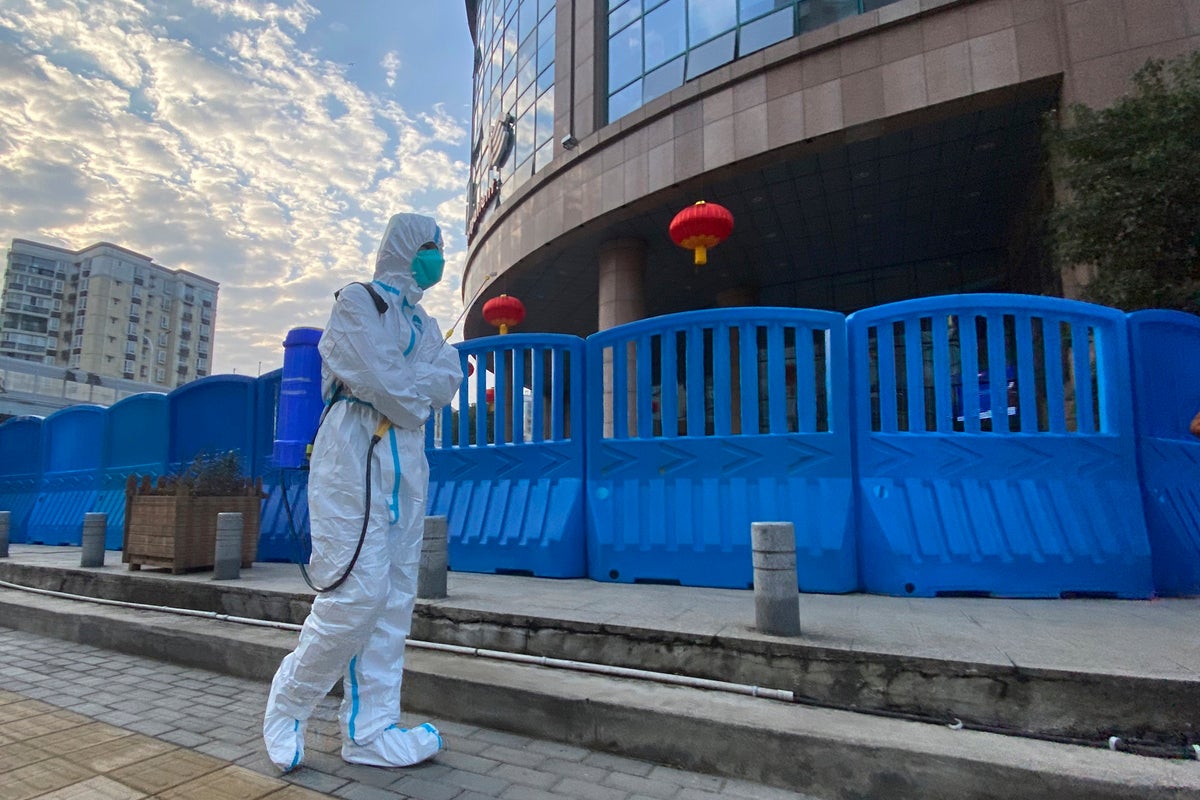
Two new studies have come to the fore that conclusively links the origins of the COVID-19 virus to the Huanan Seafood Market in Wuhan, China. It indicates that the virus emerged from the animals sold in the market and that it was not a lab creation.
Notably, the studies were posted online as preprints in the month of February. The same has now undergone peer review. They were published on Tuesday in the journal Science.
All eight COVID-19 cases detected prior to December 20 were from the market
Both the studies were conducted using different approaches. However, they arrived at the same conclusion, that is, the animal market in Wuhan was most likely the epicenter of COVID-19.
In the first study, the Chinese scientists and evolutionary biologist Michael Worobey and his colleagues from the University of Arizona collated data. It was done by using mapping tools and a social media app to determine the spatial and environmental analysis.
They claimed that the coronavirus was probably present in live animals sold at the market in late 2019 but maintained that the “exact circumstances remain obscure.”
“This is an indication that the virus started spreading in people who worked at the market but then started to spread into the local community,” Worobey said in a press conference.
It is equally important to note that the scientists claimed that the earliest COVID-19 cases emanated among market vendors who sold these live animals or people who shopped there. They believe that there were two separate viruses circulating in the animals that infected people.
“All eight COVID-19 cases detected prior to December 20 were from the western side of the market. Where mammal species were also sold,” the study says.
What the second research has to say?
The other study, however, gives a microscopic analysis. It attempts to determine when the first coronavirus infection jumped from animals to humans. It started with the earliest sample genomes in December 2019 and extended through mid-February 2020.
According to this research, the earliest version of the coronavirus probably had two lineages. The scientists call it A and B. It said that these lineages were the result of at least two cross-species transmission events into humans.
The study claims that the first animal-to-human transmission probably came from lineage B and happened around November 18, 2019. Notably, lineage B was found among people who had a direct connection to the animal market.
They suggest that lineage A was introduced into humans from an animal within weeks or even days of the infection from lineage B. This lineage was traced in human samples who lived or stayed close to the market.
“These findings indicate that it is unlikely that SARS-CoV-2 circulated widely in humans prior to November 2019 and define the narrow window between when SARS-CoV-2 first jumped into humans and when the first cases of COVID-19 were reported,” the study says.
“As with other coronaviruses, SARS-CoV-2 emergence likely resulted from multiple zoonotic events.”
In conclusion, the scientists hoped that they can determine exactly what animal may have become first infected and how they can work on reducing the chances of future pandemics.






